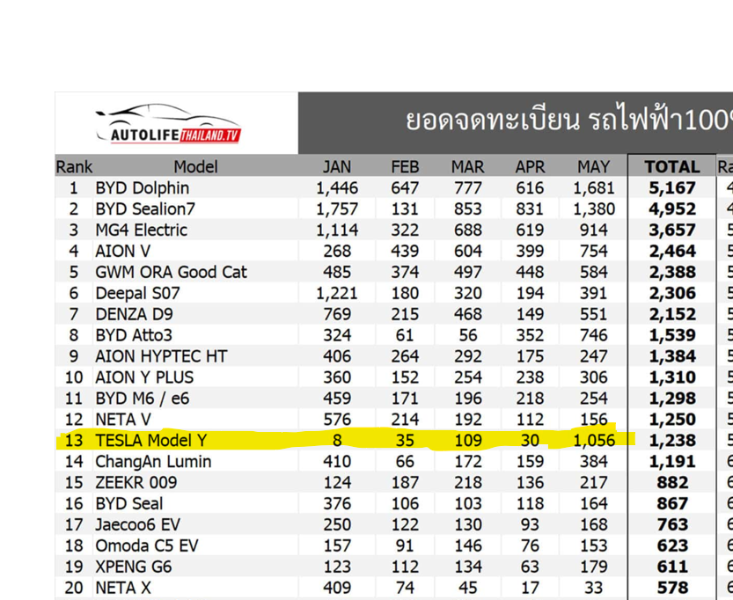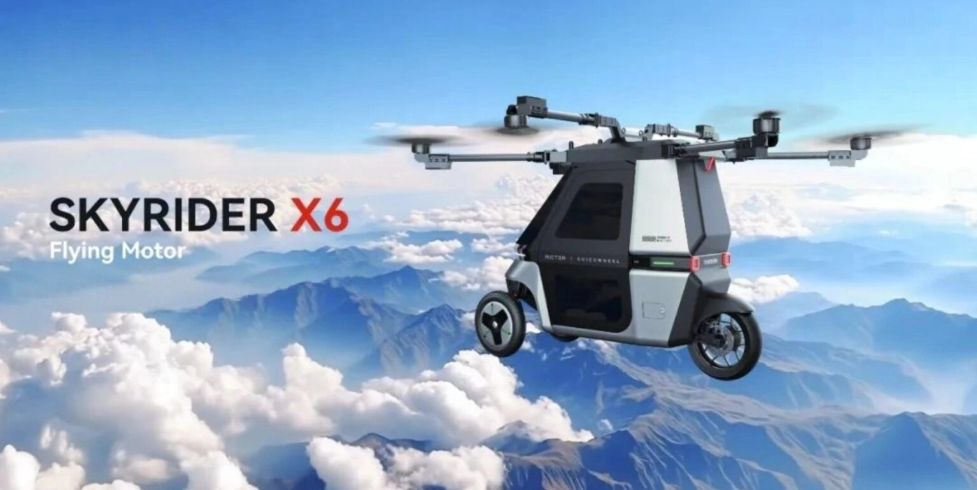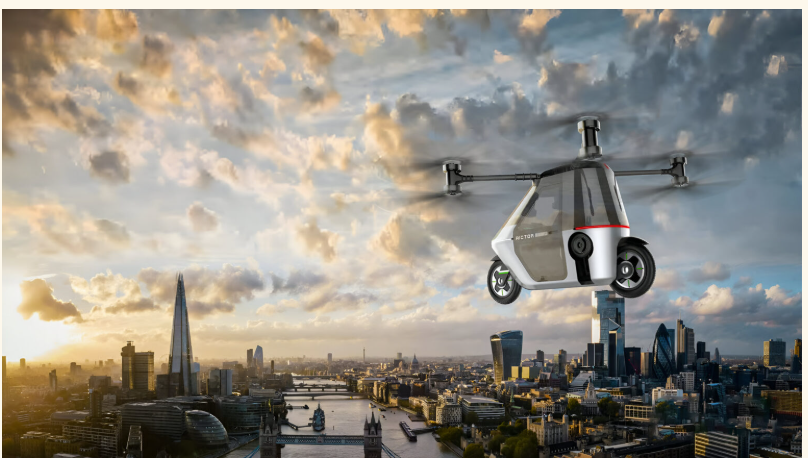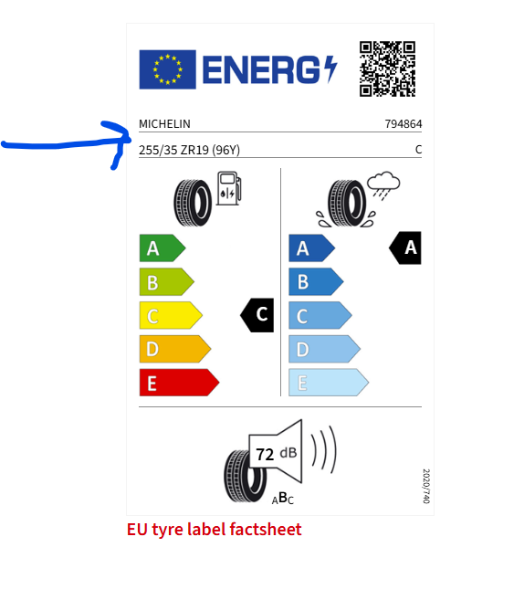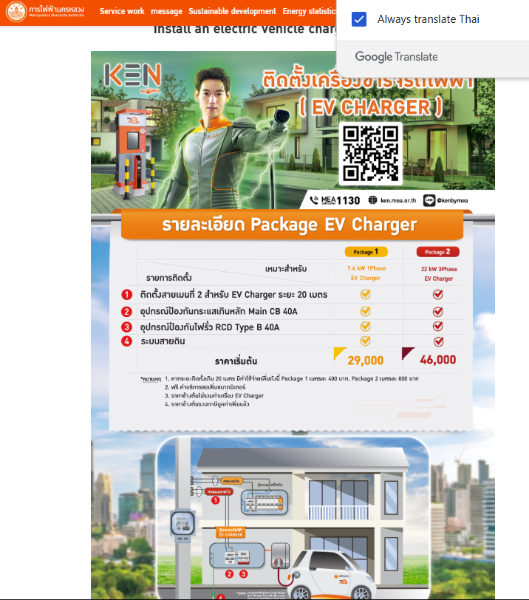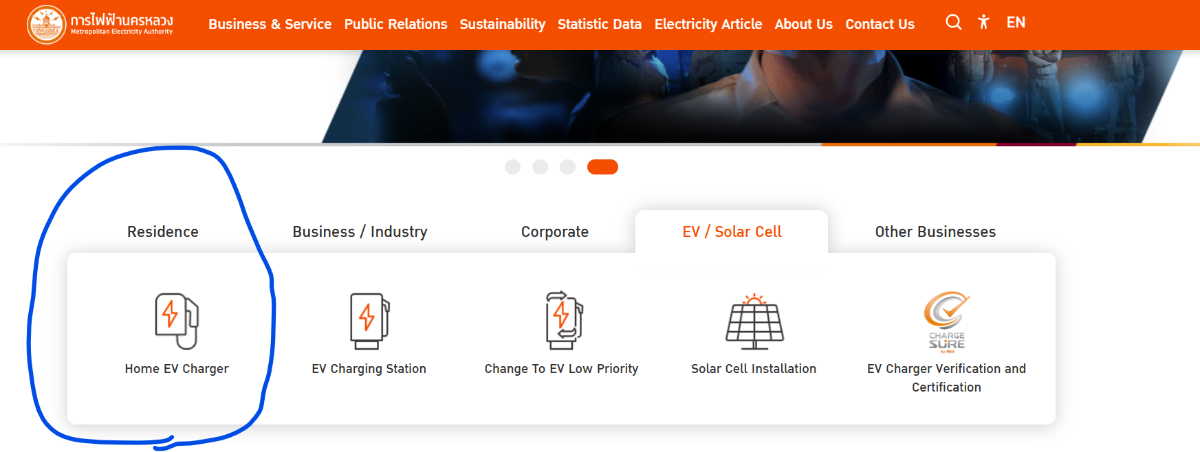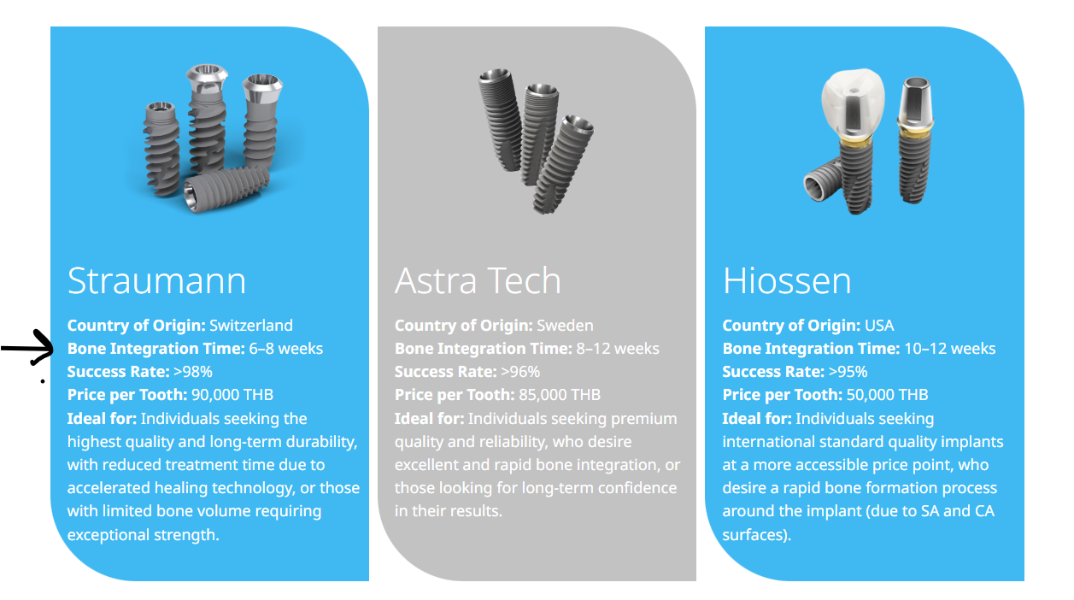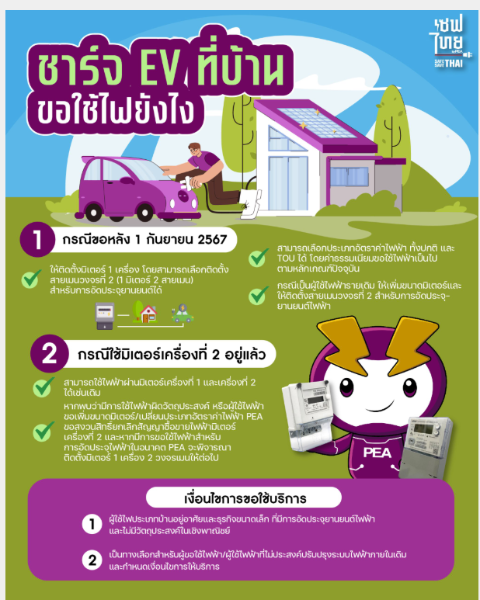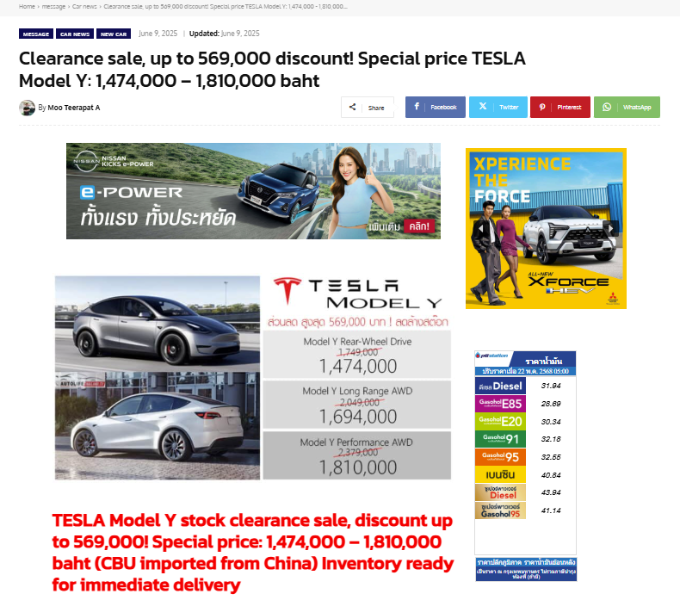-
Posts
29,108 -
Joined
-
Last visited
Content Type
Events
Forums
Downloads
Quizzes
Gallery
Blogs
Everything posted by Pib
-
It's my understanding the Part B penalty is based on "12 month periods (i.e., full year) " not enrolled; it's not based on fractional years. So it would not be prorated. Say for example you enrolled 12 months late during an authorized enrollment period....that's a 10% penalty. If enrolling 24 months late then 20%. But what about some period between 12 and 24 (or any fractional year period)? Well, if by some Medicare enrollment provision that you could enroll/reenroll 13 to 23 months late since that did not equal the next "whole 12 month" period of 24 months" then the late enrollment fee would be 10% for only a 12 month/1 year period. See calculators below for some examples. And preaching to choir I'm sure when I say a person can only enroll/rerolled under during certain times/under certain conditions. It's not like someone who is at least 65 wakes up one day and decides to enroll and calls up Medicare or visit a SSA office to enroll hoping they will be enrolled effective the beginning of the upcoming month....nope, when a person will be able to enroll/reenroll will depends on the open season/special enrollment period which would apply to the person which means he might not get enrolled until numerous months later which might effect the penalty percentage since it based on date the enrollment become effective vs the day someone applied for enrollment. https://themedicarefamily.com/calculators/part-b-penalty/ https://www.resourcemedicare.com/medicare-tools/penalty-calculators
-
I don't expect the leap from the typical 120KW or 150KW DC charger in Thailand to 1000KW (1MW) chargers like starting to be be installed in China (such as five hundred 1MW chargers in Apr 2025...see link below) to occur anytime soon in Thailand. Significant numbers of 1MW DC chargers will not start to occur in Thailand until there are quite a few EVs on Thailand roads that can charger super fast. This super fast charging technology is definitely needed technology to improve EV usage, but it will take years to implement on a large scale---but time does seem to fly by!!! And even when these 1MW DC chargers arrive in Thailand in significant numbers along with EVs that can take advantage of them little ol' Pib will still be using his measly 7KW AC home wall charger for the great, great, great majority of his EV charging even after he swaps his current BYD Atto for some future brand/model with super fast charging capability. 😜😜 More details on BYD rollout of 1000KW super fast chargers in China https://carnewschina.com/2025/03/26/byd-to-roll-out-first-500-ultrafast-1000-kw-charging-stations-in-april-4000-set-for-china/#:~:text=BYD will soon start deploying,400 km in 5 minutes.
-
A HUGE, BIGLEY increase for Tesla in May.....must have been the price reductions. This should make Elon feel a little better considering his bromance with Donald falling apart, his rockets blowing up, etc.
-
Wow....what I find as somewhat surprising is "1 in 4" cars registered in category RY1 was a BEV!!!!! Definitely getting to be a major percentage.
-
Well, that means Google and all those apps have been tracking you which in turn means your cover has been blown. You'll now need to be reassigned from being an undercover spy to an admin desk job back at spy headquarters. And worst yet is you will now soon starting getting spam email from Donald T. trying to sell you swamp land in Florida, etc. 😜
-
That's the basic Android system software last update which was the Android 5 (Lollipop) version. Whenever your phone was "new" which would have been 2015 or earlier it would have stopped getting "basic system software" updates probably a year or two after you bought it. HOWEVER, any apps on the phone would continue to update via Google Play. Summary: correct....no updates to your basic Android 5 software since 7 Dec 2015, but the apps on the phone would continue to update unless you turned off Google Play updates which I doubt you did as a lot of apps on the phone would have stopped working after a year or two due to being too old.
-
US Passport Renewal Update Information
Pib replied to tkramer's topic in US & Canada Topics and Events
I think the way the passport processing "and printing" occurs now is the US Embassy receives/reviews your renewal package and if all is well it's "electronically" transmitted to a Passport Center in the US who does some blessing and then it's electronically sent to one of two passport "printing" centers in the lower 48. Once printed it's mailed back to the submitting embassy which in turns remails it to the individual in that Bt100 return envelope. The potential chokepoint in this process is the US passport processing center and printing center back in the US; not your local embassy. Now a local embassy can issue an "emergency" passport/travel document that's good up to 1 year....I think it's like a 5 page skinny/special passport which supposedly some countries may not accept for entry. This is not to be confused with issue of an initial or renewed regular passport which involves passport processing and printing centers in the US. -
US Passport Renewal Update Information
Pib replied to tkramer's topic in US & Canada Topics and Events
The wife's passport renewal package which was EMS-mailed from a western Bangkok post office yesterday afternoon/17 Jun was delivered/accepted/signed for by the US Embassy Bangkok at 12:21pm today/18 Jun. Around 21 hours of mailing time. Signed for by the security section at the entrance where incoming Thai mail is accepted. So, mail is accepted after high noon. Now, around 4 years or so ago when I mailed in my passport renewal package delivery was attempted on a Saturday mid day (I mailed it on Friday/day before) and not accepted by the Embassy per EMS tracking...and that tracking said redelivery would be attempted on Monday. Not sure the Embassy accepts incoming mail on weekends/holidays. Redelivery and receipt did occur on Monday no problem. -
Today the wife just launched her US passport renewal process with full use of her secretary & slave (i.e., me). Got some updated pictures a few weeks ago and today completed the DS82 renewal form which doesn't take long to complete online and then printout for signing....paid via the required U.S. pay.gov website using PayPal....and paid for the required Bt100 Thai Postal return envelope via PromptPay QR code (had to register for a ThaiPostalMart acct first which was fast & easy) Received confirmation of payment on the US pay.gov and ThaiPostal websites when initially making the payments and also via email from both....no problem in getting the various payment numbers/receipts the US Embassy requires to be part of the paper renewal package. Stuffed all the paperwork, passport, payment receipts, etc., into an envelope and mailed it to the US Embassy via EMS from our local Bangkok post office. Now it's time to set back, wait, track, etc....see how long it takes for a passport arrive back all fresh/good for another 10 years. The last time she renewed around 9 years ago the whole process from Bangkok mailing of the renewal package to receiving the renewed passport back was only around 2 weeks. Ditto for me around 4 years ago...or maybe it was around 3 weeks for me.....but I do remember pretty clear that before that I got a renewal in around 10 days. One would think the passport renewal process should have got faster over the years but now the process supposedly takes 1 to 2 months. Time will tell.
-
Since Chinese car manufacturers copy each other, as soon as BYD puts out their version I'll get one....would really help in this Bangkok traffic. Yes sir, flying high over Bangkok traffic....and visiting the MIL in the province. 😜 Seriously though, Thailand would never allow such vehicles in their sky as it would be considered a national defense/flight safety issue. Plus I expect Grab Taxi would want to start using such vehicles and upset the traditional taxi drivers even more than they are upset now with app ride-hailing.
-
Your speedo overreading around 4 to 5% to pretty much normal for all vehicles for many, many years as that's a requirement in most countries' laws/regulations to help prevent the exceeding of speed limits.. My 2009 Fortuner reads around 4-5% high....my 2023 Atto reads around 4 to 5% higher (closer to 4%). When my speedo is reading 100kmh or 50KmH I'm truly doing around 96KmH or 48KmH per OBD2 data where you can also get the true speed and also Google Maps in displaying a GPS speed of around 96KmH or 48KmH. Yeap...nothing wrong with your vehicle speedo as that's the way it's set at the factory. So for us folks out there when we get a a speeding ticket saying we were doing 95KmH in a 90KmH zone, well, your speedo was displaying around 99-100Kmh when the traffic radar (which reads true speed) snapped your vehicle zipping along. Just pay the ticket. And speaking of tickets I typically get a ticket in the mail every 5 years or so....none for speeding so far but usually for some other traffic law infraction like some entry/exit infraction, some lane change to close to a intersection in Bangkok, and now I can add running a red light to my list which I did indeed do. It was at a highway intersection (the highway speed limit was 90KmH with traffic and me moving at that speed when the light went from green to red like in 2 to 3 seconds and I had glanced down just when the light was doing its quick change from green to red. As I look up I'm indeed going thru a red light at 90KmH and think to myself I could be seeing a ticket in the mail if they had cameras at this intersection (which they did). Six weeks later I get the ticket in the mail for Bt500 with less than two weeks left before it's suppose to be paid (typical for mail tickets I've got where it arrives around 6 weeks later). The picture in the ticket had me dead-to-rights and I remembered that red light very clearly in how it changed from green to red so quickly as I zipped along around 80KmH with a bad-timing glance down while zipping along. I just love how many (most) red lights in Thailand quickly change from red to green....sometimes even without any yellow light for a few seconds. Oh well, just one of the challenges of driving in Thailand in don't expect to get much (or any) of a "yellow" light warning between the red and green. P.S. the Bt500 was so easy to pay...just scan the bar/QR code on the ticket with your mobile banking app....a few seconds later Bangkok Bank facilitated me contributing to the police to help maintain the outstanding road safety laws in Thailand....I hope they use some of that money to maybe extend "yellow light" time from 2 seconds to maybe 5 seconds. 😀
-
Here's the EU rating label for Michelin 255/35/19 tires: https://www.reifen.com/en-de/25535-r19-96y-michelin-pilot-sport-5-3528707948649#energy-efficiency
-
Nope....I asked MEA via email if they allow a 2nd meter for EV charging....answer was no....see below.
-
It could be as they (MEA) have provided such service for around 3 years which began before PEA rescinded their 2nd meter policy effective 1 Sep 2024. Below infographic from the MEA website is their current EV charger promotion which is still the same as in the video and is for installation of necessary equipment like wire, circuit breaker box, grounding up to where the actual charger would be installed---but it does not include the charger as that would be extra or left for the owner to install later. And the infographic only shows "one" meter but with two lines running to the house...one line for the house and a separate line for the charger. Now this implies to me MEA only allows one meter (except maybe in unique cases) now as it seems if they still allowed a 2nd TOU meter it would seem it would be shown as an option on the infographic. I'm going guess MEA no longer allows a 2nd meter for an EV charger just like PEA except MEA just maintained a low key in implementing the change...maybe no flashy public announcement....whereas PEA got plenty of notice in the news releases. But hey, that's just my guess. https://www.mea.or.th/other-services/ken/promotion-price/ev-charger
-
We have posted a lot about "PEA" no longer allowing a 2nd meter for EV charging, but has anyone seen any news article/official document saying "MEA" which provides electricity to Bangkok, Samut Prakan, and Nanthaburi no longer allows a 2nd meter for EV charging? I haven't and the MEA website indicates they support residential Home EV Charger service which I assume means a "separate" meter if desired. https://www.mea.or.th/en/ https://www.mea.or.th/our-services/mea-service/e-service/new-meter-ev-home
-
@Card Keep in mind that length of time to complete an implant varies due to various factors and one key factor is what type of implant system you get. Some implant systems "take root (i.e., integrate with the bone) faster and better than other types. You could actually use an implant system that integrates with the bone in as little as 6 weeks assuming adequate bone mass...then another 2 weeks or so to complete the capping process...done and dusted in 2 months. HOWEVER, BUT, other implant systems (lower cost ones) can take 4 to 6 months. https://www.dentalwiseclinic.com/services/dental-implant/
-
Here's some stats you may find interesting....stats related to "EV Charging Station" energy sales by "MEA" that provides electricity to the Bangkok area. Note how the EV Charging Station electrical usage (figures in GWh) has been growing over the last few years and for 2025 is on track to grow again....maybe reach a little over 200Gwh in 2025 compared to 162Gwh in 2024. It was in 2022 when the EV Charging Station usage started to shoot-up as 2022 was the year that EV sales took-off in Thailand. https://www.mea.or.th/en/statistics/energy-sales
-
There are different rates for residential and business purposes when it comes to a regular meter and TOU meter. For most "businesses" electricity rates there is also also a peak "demand" charge that comes into play on top of the typical rates per KWH, Ft, and meter charge. And there are a quite a few different regular and TOU "business" rates. There is also a different "service charge" per month. LOTs of Thais run there business right at their home....like on the first floor of their 3 story shop-house....and it might be a business that uses a lot of "power eating" machines. And even if they currently have a TOU meter based on business rates if they could get another TOU meter based on residential rates and then hook it into some of their business machines that use lots of power and have Somchai work at night then they can lower their monthly electricity bill quite a bit. Good for the customer but it's gaming the "array" of rates that PEA (and MEA) has established based on what type of electricity user your are. See below PEA tariff schedule for the various rates...and notice how most business plans also have a demand charge and also a higher service fee. PEA/MEA don't like people who try to "game" the rates as it distorts their business model, tying to determine electrical system upgrades, buying fuel to make electricity, etc. https://www.pea.co.th/sites/default/files/documents/tariff/EN_Electricity_Tariffs_May_2023.pdf
-
Go with an implant. Yes, takes longer and more expensive than a bridge or denture but the implant is like have a new, original tooth...will last a long, long time. Rejections can occur were the implant doesn't really hold well but those are rare cases.. My wife got a two molar implants around 3 years ago at Dental Wise Clinic in Bangkok....zero problems....excellent service and care. English, Japanese, Korean, and Thai spoken at the clinic....zero communications issues. https://www.dentalwiseclinic.com/services/dental-implant/
-
Below is the current (as of today/11 Jun 2025) PEA Infographic on EV charging at home....snapshot from PEA website. Google translate shows it basically says per #1 as of 1 Sep 2024 you can have one meter to power your home and EV charger...and you can even run two separate main lines from the one meter with one line going to your main circuit panel and the other to your EV charger setup. And in #2 paragraph is says folks who had a 2nd meter as of 1 Sep 2024 can keep the 2 meter setup but can lose that privilege if they violate PEA regulations regarding use of the 2nd meter for the EV charger. https://safesavethai.com/infographic/ev-charger-at-home/
-
When looking at the news articles that came out when PEA rescinded their 2nd meter policy if using to charge an EV apparently the misuse by some would created problems in what PEA called their "uniformity of their pricing." The misuse would going to cause problems in projecting how much power PEA needed to generate, how much fuel to generate that power, how many future power stations to build, power lines to install, their profit margin, etc...etc. It was like the misuse was violating a PEA prime directive, breaking a key PEA commandment, throwing too much electrical usage variability into the pricing mix, etc. And the misuse was apparently also causing "safety" problems where the 2nd meter was suppose to only be powering an EV home charger but it turns out it was powering shop/factory work along with some unsafe electrical wiring (not PEA approved) which could cause fires. Yes, the PEA is in the business to sell power but they have rules (like them or not) that the electric user must follow like when signing up for an electric meter identifying whether its for residential use or business/factory/shop use which affects PEA pricing, PEA installation approval requirements, etc. Yeap....it was like the misuse was causing electricity pricing and safety problems where one of the root causes could be traced back to a PEA regulation which unintentionally and partially was causing the problems. X-amount of bad apples which misused the 2nd meter program caused the problem.
-
-
A Bangkok Post 10 June 2025 article...see link below for full article.....a few key paragraphs extracted from the article are quoted below. Sales for new and used vehicles is looking worst for this year (2025) according to the Fast Auto Show organizers. https://www.bangkokpost.com/business/general/3046407/car-industry-seeks-easier-loans-amid-weak-sales Car industry seeks easier loans amid weak sales Fast Auto Show organizers say slowdown could worsen if lenders remain wary PUBLISHED : 10 Jun 2025 at 18:10 Thai automobile sales executives are urging the government to quickly devise new measures that could nudge banks to grant more auto loans to prospective buyers, seeking to lift both the new and used car markets. The Thai automotive market remains critically weak as banks and car financing companies have maintained their strict lending criteria to avoid non-performing loans as household debt remains elevated. Both new and used vehicle markets will continue to slow this year under these circumstances, according to the industry. Car sales in Thailand last year reached the lowest level in 14 years at 572,675 units, a year-on-year decrease of 26%. Without help from the government, domestic car sales are likely to keep slowing down in the second half of this year, said Mr Asadavut. He expects total car sales in the country to be lower than 520,000 in 2025, attributed to buyers’ difficulties obtaining auto loans, weak consumer purchasing power and the sluggish economy. Prices of used internal combustion engine (ICE) cars have already fallen by 50% as electric vehicles (EVs) are becoming more popular, said Pinyo Tanawatcharaporn, the owner of the second-hand car company Yo Ratchada and former president of the Association of Used Car Dealers. The prices of certain EV brands continue to decrease, causing people not to buy used ICE cars, he said.
-
That's for sure as I'd probably crash before 1km. The closest I got to the drifting experience is as a teenager I did an "unplanned" 360 degree spin in a Chevy on an icey road one winter morning when turning onto a main road after giving the car a little too much gas that caused the spin. I was caught completely off guard. For the second or two I was in that complete circle spin I figured the car is going to crash off the road....but no, the car straightened out perfectly straight on the road as I turned the front wheels in the opposite direction of the spin...and then I was going straight again like I was a movie stunt driver.
-
No signs of being slippery in rain at over 41,000 Km....as mentioned earlier they have a wet grip rating of B on the A to E scale with A having the best wet grip. I expect to get an A web grip rating the rubber compound would need to be really soft which would then result in shorter lifespan "kilometers-wise."



